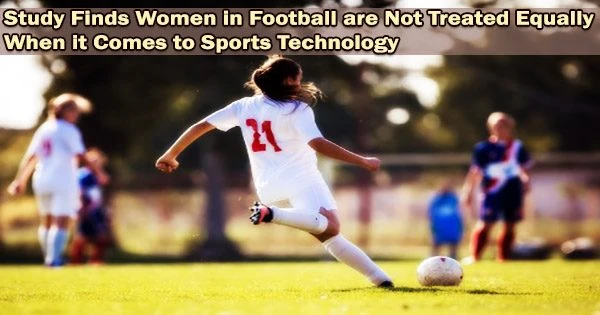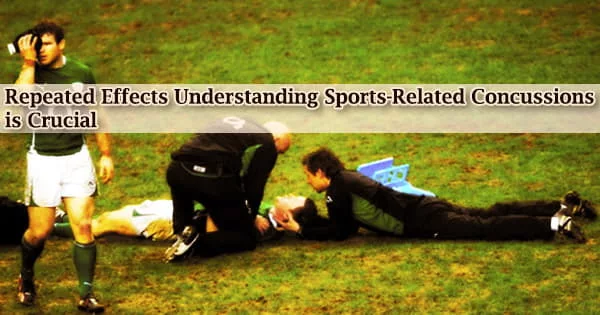In order to maximize their effectiveness and safety on the field, female football players need specially designed equipment such gear, boots, and balls, according to a report published in Sports Engineering.
While some progress has been achieved in addressing the equipment needs of female players, the authors come to the conclusion that there are still significant gaps in research, development, and manufacture in women’s football.
Even though professional women’s football has gained popularity in many nations, as evidenced by England’s recent victory in the UEFA European Women’s Football Championships, technology and gear are still mostly created with men’s football in mind. It’s noteworthy that a recent review found only 32 published scholarly studies on women’s football technology.
Kat Okholm Kryger and colleagues, including Leah Williamson, captain of the England Women’s National Football team, posed ten questions to draw attention to the scant advancements in elite women’s football technology and the ongoing challenges in making specialized equipment accessible to female players.
The authors explain the necessity for specialized technology for female football players and draw attention to the fact that, despite the fact that women have different physical requirements than men, football boots and balls are still made for males rather than women. These problems can both raise the risk of injury from improperly fitted boots and lower performance because women must exert proportionately more energy to kick the ball than men do.
In addition, the authors note that many female football players experience discomfort when donning football shorts, which are frequently white, due to worries about potential menstrual leaks.
Professional female football players frequently have to wear a particular sports bra that is provided by the kit sponsor, rather than the best sports bra for their body type. Additionally, this may result in decreased performance and discomfort when turning and jogging.
The authors point out that there is a change in favor of women-specific equipment and that manufacturers are recognising the lack of advancement in women’s football technology.
However, because there is a dearth of study in this area, progress is constrained. To fill critical knowledge gaps on the requirements of female football players, a dedicated effort is required.
















